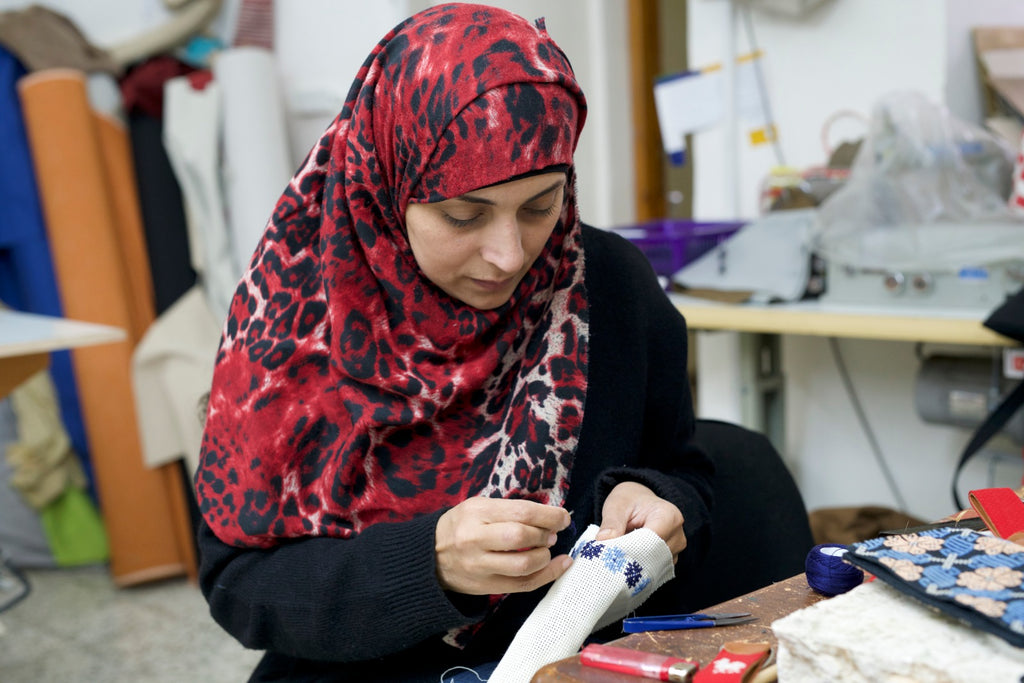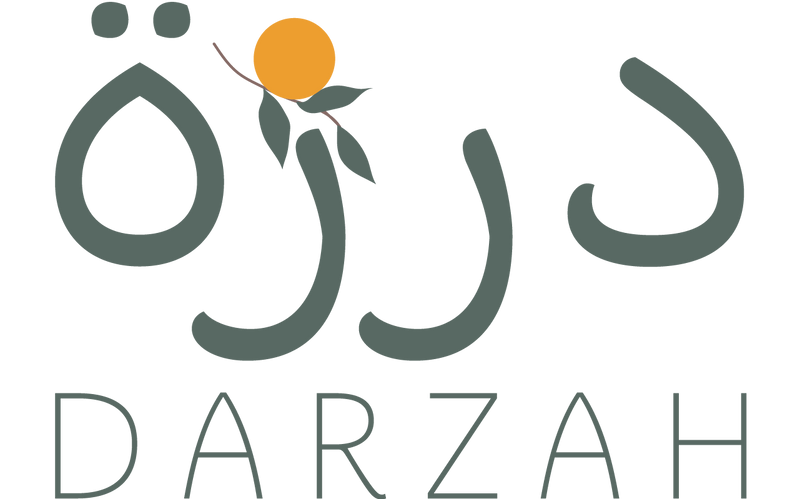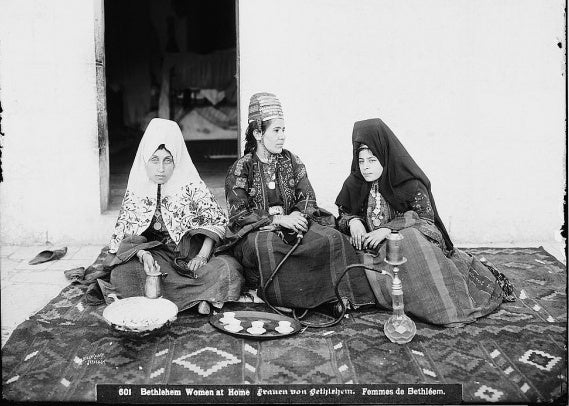Tatreez: Palestinian Heritage and Its Deep Ties to Jerusalem

Tatreez, the traditional Palestinian embroidery, is far more than an art form; it is a vital thread weaving together the fabric of Palestinian identity. Born from the rural landscapes of Palestine, Tatreez has evolved into a powerful emblem of cultural heritage, mirroring the stories, history, and resilience of its people. The intricate, hand-stitched patterns of Tatreez serve as a visual narrative, detailing the rich legacy of the land and its inhabitants.
The heart of Tatreez beats in the hands of Palestinian artisans, predominantly women from various regions across Palestine. These artisans meticulously craft each piece, perpetuating age-old techniques and designs through generations. Their unwavering dedication ensures that the traditions of Palestine not only survive but flourish, even amidst the adversities they face.
These artisans are the guardians of this ancient craft, which has been practised for centuries. They imbue each Tatreez creation with personal stories and cultural significance, transforming every piece into a unique testament to Palestinian life, spirit, and resilience.
Jerusalem's Profound Connection to Tatreez

Jerusalem, or Al-Quds in Arabic, stands as a significant religious and historical city and serves as a profound source of inspiration for Tatreez designs. The motifs found in Tatreez frequently reflect Jerusalem’s rich cultural heritage and iconic landmarks, celebrating its spiritual and historical significance.
- Cypress Trees (Shajarat Al-Sarw)
- Cypress trees, commonly found around Jerusalem, symbolize eternity and resilience. These motifs in Tatreez mirror the enduring spirit of the city and its people.
- The Seven Gates of Jerusalem
- The gates of the Old City, such as the Damascus Gate and Jaffa Gate, are celebrated in Tatreez designs. These motifs represent Jerusalem's historical role as a melting pot of civilizations and cultures.
- The Jerusalem Key (Mafateeh Al-Quds)
- Deeply associated with the Palestinian diaspora’s connection to Jerusalem, the key motif symbolizes return and heritage. In Tatreez, it represents the hope and longing for home.
- Olive Branches and Olive Trees
- Abundant in Jerusalem and across Palestine, olive trees are symbols of peace and endurance. These motifs in Tatreez underscore the deep connection Palestinians have with their land and the city.
- Mountains of Jerusalem (Jebel Al Quds)
- The Mountains of Jerusalem, or Jebel Al Quds, feature prominently in Tatreez motifs. These majestic mountains symbolise the steadfastness and strength of the Palestinian people. The patterns depicting these natural forms evoke a sense of rootedness and deep connection to the land of Palestine.
- Walls of Jerusalem (Sur Al Quds)
- The Walls of Jerusalem, or Sur Al Quds, represent the ancient fortifications that have safeguarded the city for centuries. In Tatreez, these motifs reflect Jerusalem's storied past and its role as a bastion of culture and tradition, symbolising protection and the enduring legacy of the city.


Tatreez: A Living Tradition in Palestine
Tatreez is a vibrant, evolving tradition that preserves the essence of Palestinian culture. Each stitch in Tatreez links to the past, celebrates identity, and serves as a beacon of hope for future generations. Its unique ability to blend traditional motifs with contemporary styles has enabled Tatreez to stay relevant and captivate a wider audience.
Far beyond decorative embroidery, Tatreez embodies the resilience and creativity of the Palestinian people. Through the dedication and artistry of Palestinian artisans, this beautiful craft continues to thrive, standing as a powerful symbol of the enduring spirit of Palestine.
By celebrating and preserving Tatreez, we honour the rich cultural heritage of Palestine and its profound connection to Jerusalem. Each piece of Tatreez is not merely a work of art but a living testament to the timeless legacy and the resilient spirit of the Palestinian artisans who craft them.








